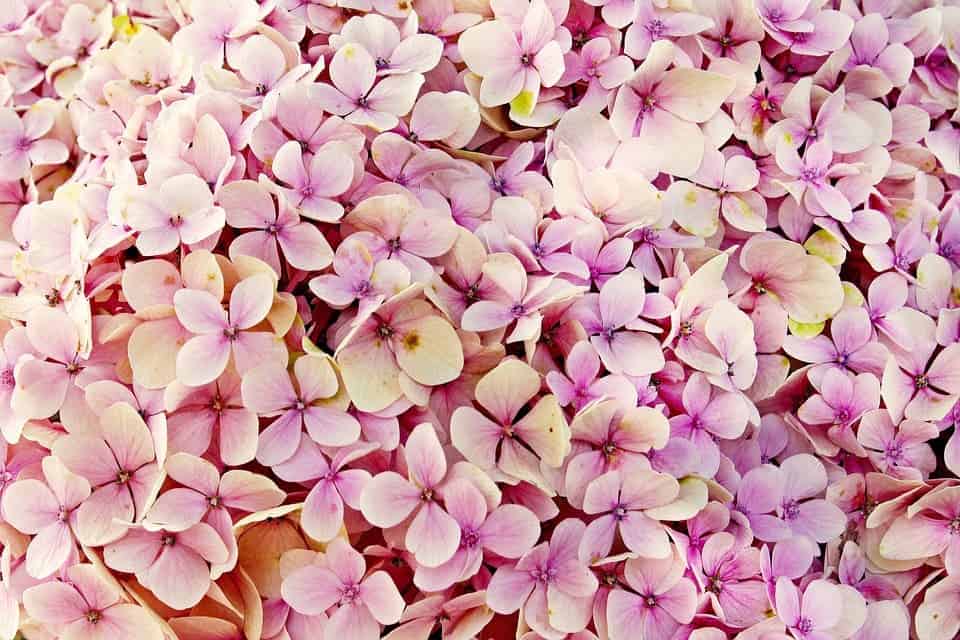Invasive plants species might be more resistant to climate change than native ones, reports a new study on Midwest blooming flowers.
Led by researchers at the Indiana University’s (IU) Environmental Resilience Institute (part of the Prepared for Environmental Change Grand Challenge initiative) in collaboration with members from Michigan State University, the study reveals that warming temperatures affect native and non-native flowering plants in different ways. Over longer periods of time, this can end up fundamentally changing the look and composition of local landscapes.
Foreign customs
“The timing of a plant’s life cycle is crucial for species survival,” said study co-author Jen Lau, an associate professor in the IU Bloomington College of Arts and Sciences’ Department of Biology and a member of the Environmental Resilience Institute.
“When a plant flowers determines whether it will be pollinated by bees or other insects and how much time it will have to produce seeds. Our data makes me worry that we will have a very weedy world in our future.”
Non-native flowering plants could be able to shift their flowering times while native ones can’t, the findings suggest, a difference which could prove important in shaping a species’ success both now and in the future, warmer climates. To reach these results, Lau and her students planted 45 native and non-native species in fields and then simulated progressively warmer climate conditions (i.e. upcoming climate change). For example, some of the plots were heated using infrared lamps to simulate the expected conditions that areas in the Midwest will experience by the end of the century. The others were not, and were used as controls. The team monitored all the plants to determine when they first flowered and for how long.
Non-native flowering plants in the warmed planters bloomed 11 days earlier, on average than their ‘normal’ flowering times. Native plants, in contrast, did not shift their flowering period at all.
“We also found that earlier-flowering non-native species had greater geographic spread, suggesting that flowering earlier may help promote successful establishment across large areas,” said the study’s lead author Meredith Zettlemoyer, a Ph.D. student at Michigan State University, where Lau was previously on faculty.
The findings suggest that there are important differences in how native and non-native plant species respond to shifts in climate. Previous findings can also be weaved into those of the present study. Past research has shown that species which were unable to shift their flowering times over the past century were more likely to dwindle in abundance or go extinct altogether. Taken together, this indicates that native flowering species may be more affected by warming climates than non-native ones.
“Species across the globe are showing us that the climate is changing in ways that affect them,” Lau said. “Flowering earlier in the spring is a big sign that the climate is changing and may be a key strategy for surviving climate change.”
“Maybe the native species that aren’t very good at blooming earlier under warmer temperatures possess other strategies for surviving climate change, but if they don’t, they could be in serious danger.”
The paper “Phenology in a warming world: differences between native and non‐native plant species” has been published in the journal Ecology Letters.










